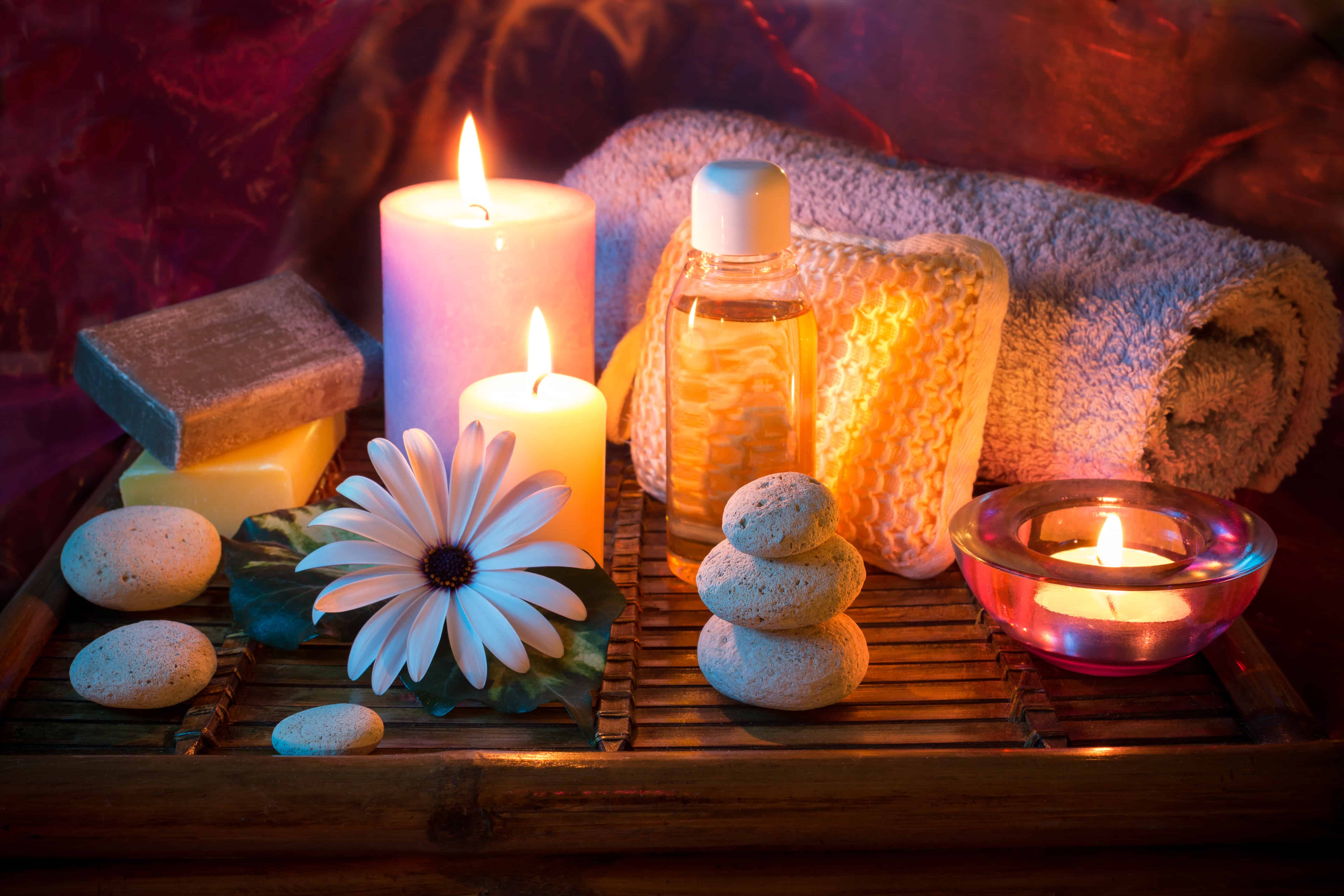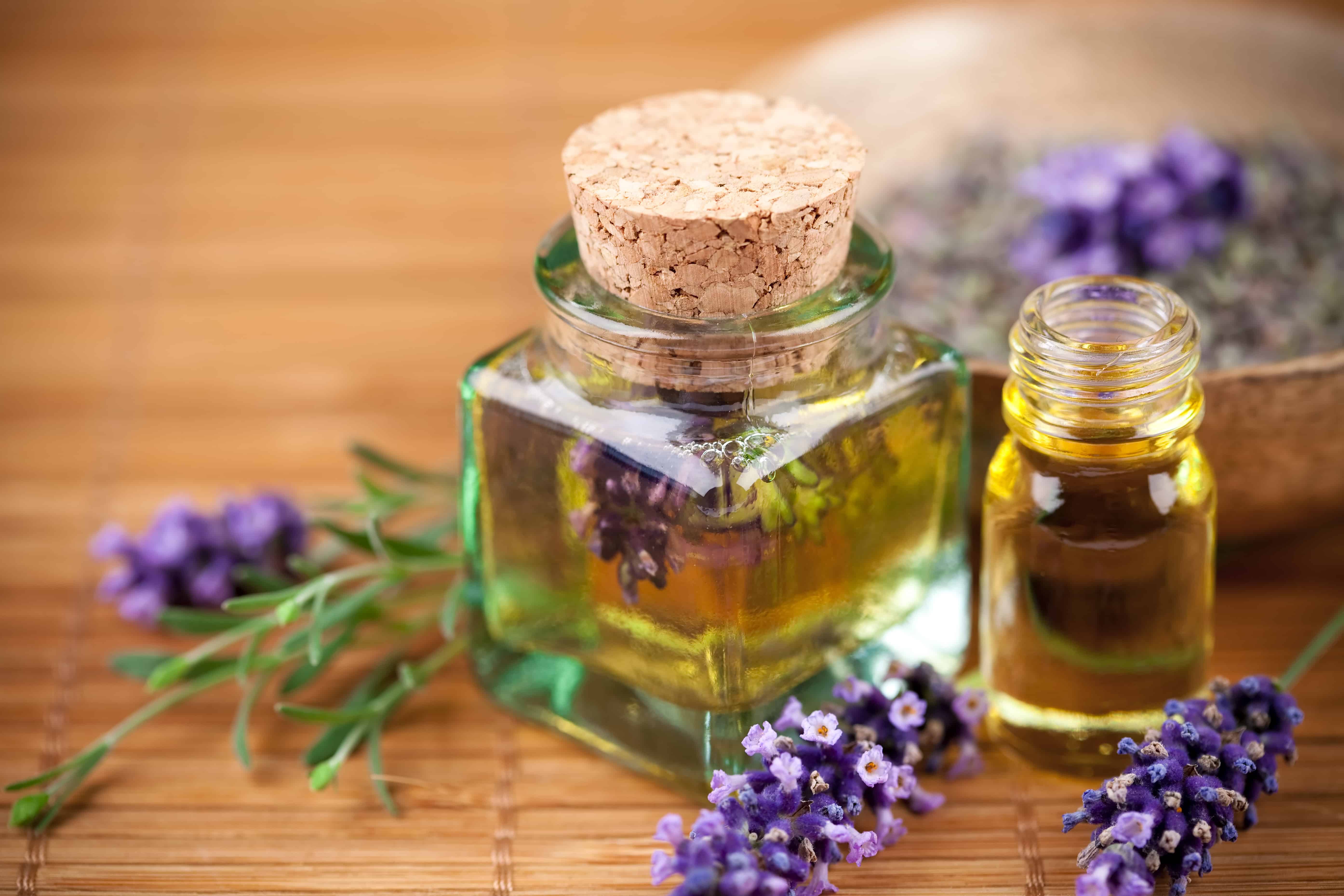Abhyanga – Ayurveda Self-massage
There is no greater expression of self-love than lovingly anointing ourselves from head to toe with warm oil – this practice is called Abhyanga in Ayurveda. Self- massage = Self-Love. The Sanskrit word Sneha can be translated as both “oil” and “love”. It is believed that the effects of abhyanga are similar to those received when one is saturated with love. Like the experience of being loved, abhyanga can give a deep feeling of stability and warmth.
A daily Abhyanga practice restores the balance of the doshas and enhances well- being and longevity. Regular Abhyanga is especially grounding and relaxing for Vata and Pitta dosha imbalances, but all three doshas benefit from this practice.
The body of one who uses oil massage regularly does not become affected much even if subjected to accidental injuries, or strenuous work. By using oil massage daily, a person is endowed with pleasant touch, trimmed body parts and becomes strong, charming and least affected by old age.
-Charaka Samhita Sutrasthana Vol. 1, V: 88-89
Benefits of Abhyanga (according to the ancient texts of Ayurveda)
- Decreases the effects of aging
- Nourishes the body
- Increases circulation, especially to nerve endings
- Imparts muscle tone and vigor to the dhatus (tissues) of the body
- Imparts a firmness to the limbs
- Lubricates the joints
- Increases mental alertness
- Calms the nerves
- Benefits sleep – better, deeper sleep
- Stimulates the internal organs of the body, including circulation
- Assists in the elimination of impurities from the body
- Moves the lymph, aiding in detoxification
- Increases stamina
- Makes hair (scalp) grow luxuriantly, thick, soft and glossy
- Skin becomes softer and smoother; reduces and removes wrinkles
- Pacifies Vata and Pitta and stimulates Kapha
The Oils
Ayurveda uses potent natural oils that are able to deeply penetrate into the layers of our skin and heal from within. Everything in Ayurveda is customized based on your dosha, and the oils used in Abhyanga are no different. Learn more about the doshas here– Vata, Pitta and Kapha here.
Vata – Heavier, grounding and warming oils like Sesame (untoasted) or Almond
Pitta – Calming and cooling oils like Coconut or Sunflower
Kapha – Lighter and warming oils like mustard or safflower oil
Dual or tri-doshic? Just mix the oils proportionally, based on your doshic makeup.

The Practice
Massage your body with patience and love. Make it an exquisite ritual. Your massage strokes should be firm yet gentle. Vata types use slow movements, Pitta types – medium pace and Kapha types can massage faster, with more friction.
- Warm the required amount of oil (you can warm over stove top on very low heat or use a coffee cup warmer)
- Test the temperature by putting a drop on your inner wrist, oil should be comfortably warm
- Sit or stand comfortably in a warm room (preferably the bathroom)
- Dip your fingers in the oil and rub the oil onto your palms
- Massage your face – massage in circular motion from your jaw, cheeks, temples, around your eyes and forehead (always moving in an upward movement). Massage your ears, especially your ear-lobes – home to essential marma (vital acupressure) points and nerve endings
- Apply oil to the crown of your head (adhipati marma) and work slowly out from there in circular strokes – spend a couple of minutes massaging your entire scalp (home to many more important marma points – points of concentrated vital energy)
- Massage your arms and shoulders, starting with your hands. Use long strokes on the arms, and circular strokes on the joints (elbows and shoulders).
- Massage your chest in a broad, clockwise, circular motion, using the palm of your hand.
- Similarly, massage your abdomen in a clockwise direction, following the path of the large intestine; moving up on the right side of the abdomen, then across and then coming down on the left side.
- Massage the sides of your body and your back (do your best).
- Massage your hips and buttocks using circular strokes.
- Massage your leg with long strokes, using circular movements on your knees.
- Finish the massage by spending at least a couple of minutes massaging your feet, home to many vital marma points.
- Sit with the oil for a couple of minutes if possible so that the oil can absorb and penetrate into the deeper layers of the body.
- Enjoy a warm bath or shower. Use a mild, natural soap on the “strategic” areas, avoid vigorously soaping and rubbing the body; Let the water gently remove the excess oil.
- When you get out of the bath, towel dry gently.
Enjoy the feeling of having nourished your body, mind and spirit and carry that with you throughout your day.
More tips
- No one likes greasy hair ☺, so on the days you are not planning on washing your hair, just use the minimal amount of oil on your scalp but massage it just the same (massage is as important as the oil); on the days you plan on washing your hair, use more oil for your scalp massage.
- Oil and drains don’t mix well ☺, so be sure to use a drain cleaner at least once a week.
- How often should you perform self-massage? It depends, but in general Vata types can massage every day, Pitta types 3-4 times a week and Kapha types once a week.
- For extreme Kapha imbalance, oil massage would be contra-indicated and instead dry brushing is recommended.
I Educate and Empower People from All Walks of Life Who Want to Live in "Perfect Health" - Mind, Body and Spirit.
The information in this article is intended for informational and educational use only; It is not a substitute for professional medical advice, diagnosis, or treatment. Always seek the advice of your physician or other qualified health providers with any questions you may have regarding a medical condition and before undertaking any diet, foods, supplements, fitness, or other health programs.




